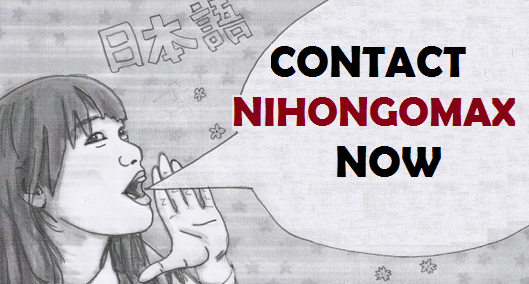


Kabuki theatre is a very popular traditional art form of Japan. It started in the 1600s in the Edo period, and is still thriving today in the modern world. It is an art form that is known for its unique costumes, performances and elaborate facial expressions and makeup. This art form is rich in history, storytelling and emotional expressions. In this article we’ll get to know more about this in detail. So, keep on reading!
Kabuki was started in 1603 by Izumo no Okuni. She was an entertainer and a shrine maiden who started performing a unique dance drama in Kyoto. Her troupe gained immense popularity with time. There were many reasons for the popularity of Kabuki. Such as the plays were about real life issues that attracted a lot of common people to it. Other popular plays were about romance, key historical events and folktales etc.
At first Kabuki was only performed by females but the government found it inappropriate due to potential prostitution. Which is why women were banned from performing Kabuki theatre and only men could participate in it. And for the similar concern young boys were also banned from performing and only grown men were allowed to perform this art form.
So, some men were specialised and trained to perform in the women characters. These performers are called onnagata.
Kabuki is already so special but to tell you more about it, here are some features of Kabuki that makes it different from other types of traditional theatre art forms in Japan.
1. Costumes:
The costumes used for Kabuki theatre are very elaborate. It is usually big, traditional and very vibrant and expressive in itself. These costumes are carefully designed and selected for every character in the play. Usually made of silk, costumes play a major role in defining the personality and storytelling of the character to be played.
2. Makeup:
One of the most distinctive characteristics of Kabuki theatre is the makeup that is put on by the actors. Known as Kumadori, this makeup is a very important part of the whole show. Makeup is used to show the mood and role of a character and uses very strong colours and patterns to show the overall emotion of a character.
For example: blue lines on an actor's face means the character could be a villain or a ghost whereas red lines may indicate a strong and brave character.
3. Acting Style:
When you watch a Kabuki performance you will see how actors use slow, exaggerated movements and dramatic facial expressions while performing. This acting style helps in showing the emotions of the character clearly.
4. Stage Design:
The stages are also specially designed for the Kabuki performances. Kabuki theatre stages have rotating platforms so that the scenes can change quickly. The stage also have something called Hanamichi, which is a walkway that goes through the audience. With help of this type of walkway the actors can make dramatic entries and exit to make the performance even more impactful.
For any theatrical performance music and sound is of utmost importance and it is true of Kabuki theatre as well. In a Kabuki performance you will see a traditional Japanese musical instrument called Shamisen ( three-stringed instrument) to set the mood of the scene. You will also encounter narrators and singers giving their input from time to time to convey the important messages and tell the story further.
Also, sometimes sound effects are made using tools like wooden clappers or drums to represent the sounds of footsteps, wind or even some sort of tension in the scene.
As per story or the overall aesthetic Kabuki can be categorised into three types which are:
1. Jidaimono - Historical: These are the plays that tell the stories of historical events, samurai, nobles and key battles. This class of Kabuki does not deal with the stories of the lives of common people for which the Kabuki originally got so popular.
2. Sewamono - Domestic: Sewamono is different from Jidaimono as it tells the stories of the lives of the common people of the Edo period. It helped in expressing what the everyday people were experiencing in their daily lives focusing on the topics such as love, family issues, or money problems.
3. Shosagoto - Dance: These are basically dance dramas that are performed to show dance and the beauty of movements. It does not focus on telling a story but mainly focuses on dance performances.
Kabuki tradition is still very much alive in Japan. You can go watch your first show in a famous theatre like Kabuki-za in Tokyo. People from all ages and from all around the world visit Kabuki theatres to enjoy this wonderful art form today.
People can buy tickets for a full four hour show or they can just buy tickets for a single scene to test the waters. Some theatres also offer English subtitles for the beginners so that they can appreciate this art form even more.
In the final words I would also like to share that in the year 2005, Kabuki was added to UNESCO's Intangible Cultural Heritage list, showing its global reach.